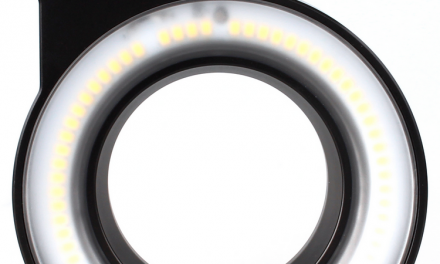Deep sea photography requires that one understands the dive light color temperatures and their effect on the image captured. Light is considered to have a particular color temperature. The warm light, strange as it may sound, has the lower color temperatures while cool lights, like blue, are considered a higher color temperature.
Some of the notable color temperatures are blue sky, which is between 10000 and 12000 degrees kelvin. Dive lights in the shade category have a temperature of between 6500 and 8000 degrees kelvin. Cloudy day and red light dive lights have temperatures of 6000 and 2000 kelvin, respectively. Tungsten lights and sunrise or sunset lights are within the 2500 and 38000 degree kelvin, with tungsten having the higher color temperatures.
Warming up, which is the process of increasing the color temperature of a photo, involves bringing out the yellow and oranges in the photo. On the other hand, decreasing the temperature brings out the blues in the photo.
How does this relate to underwater photography? Water absorbs different wavelengths of the light at varied degrees. The waves including light that has the longest wavelengths and least amount of energy are absorbed first. Red has the longest wavelength and least energy compared to the other colors. It is thus the first to be absorbed at 15ft under the water’s surface.The color orange is the second color to disappear at 25ft, followed by yellow at between 35ft and 45 ft. Green is often absorbed between 70ft and 75ft.
Once these colors have been absorbed at their various depths, they will not be visible. For this reason, it’s important to choose a dive light with the color temperature or temperatures you’ll need, depending on the depth of the dive, to replace the colors lost so you can have a realistic, bright photo.




